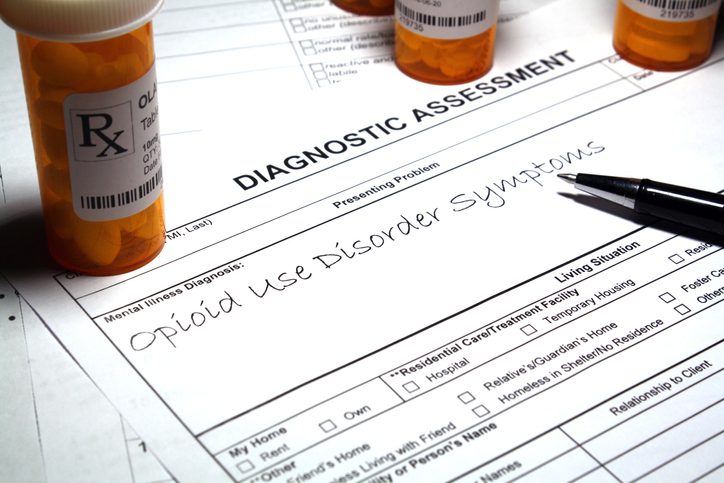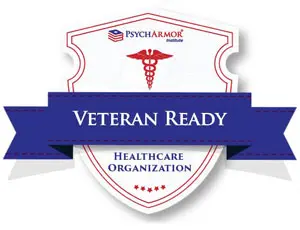To Overcome Opioid Addiction, Try Specialized Detox and Treatment
To heal from certain substances often takes a little more effort and guidance but can be done effectively. Just as some people recovering from a heart attack or a severe injury make incremental steps toward regaining long-term health, individuals who suffered from opioid addiction benefit from specialized detoxification and treatment.
The Effects of Opioid Addiction
Substance use disorder (SUD), specifically opioid use disorder (OUD), frequently creates serious health consequences. Various types of prescription opiates—such as codeine, hydrocodone (Vicodin), methadone, morphine, and oxycodone (OxyContin)—can be effective pain relievers. But when these substances are abused, or if someone uses illegally made drugs like fentanyl and heroin, there are many side effects and health complications.
The National Institute on Drug Abuse lists the short- and long-term effects of opiate addiction:
- Short-term issues include constant difficulties with constipation, breathing, lethargy, and nausea, to name a few.
- Long-term health challenges include:
- A risk of multiple drug interactions, hepatitis, HIV, and other infectious diseases
- Miscarriage, as well as babies born with neonatal abstinence syndrome, low birth weight, or both
- Multi-drug interactions, especially in older adults using prescription medication
- In combination with alcohol, greatly reduced breathing and heart rate, which increases the likelihood of coma or death.
- Potentially irreversible cognitive impairment, especially in areas of attention span, language, and memory.
What’s more alarming is regardless of all the preventative awareness information and actions established in recent years to combat the opiate epidemic—including stronger restrictions on prescribing and dispensing medication and greater crackdowns on illicit drug manufacturing—the Centers for Disease Control and Prevention (CDC) reports that from 2019 to 2020, “there were significant changes in opioid-involved death rates,” which we provide verbatim:
- Opioid-involved death rates increased by 38 percent.
- Prescription opioid-involved death rates increased by 17 percent.
- Heroin-involved death rates decreased by 7 percent.
- Synthetic opioid-involved death rates (excluding methadone) increased by 56 percent.
Additionally, “nearly 75 percent of the 91,799 drug overdose deaths in 2020 involved an opioid.” This is the most recent data at press time.
The Challenges of Opioid Withdrawal
It’s rare that an individual can reduce drug or alcohol dependency without some withdrawal symptoms. But for a person with OUD, trying to go “cold turkey” from a major narcotic causes numerous complications—and for some people, the process can be life-threatening.
The CDC indicates that typical opioid withdrawal symptoms include:
- Bone and muscle pain
- Cold flashes
- Continued drug cravings
- Diarrhea
- Headaches
- Immune system disruption, which causes numerous other symptoms
- Irritability
- Insomnia
- Uncontrollable muscle spasms, especially in the legs
- Vomiting
Detoxification from opiates can last for two-to-four weeks, depending on the level of addiction. Treatment physicians use the COWS assessment (Clinical Opioid Withdrawal Scale) to determine the intensity of symptoms and create a detoxification and treatment plan based on their progression.
However, according to a recent study, more severe issues during detoxification may involve co-occurring disorders such as “depressed mood, persistent depressive disorder (dysthymia), and opioid-induced depressive disorder.”
How Medically Assisted Opioid Detoxification and Treatment May Help
Some inpatient rehabilitation facilities and outpatient services use some form of medication-assisted treatment program (MAT) to help ease the impact of opioid detoxification, withdrawal, and treatment. Medical professionals administer an opioid antagonist, which blocks the effects of narcotics, curbs cravings, and lessens withdrawal symptoms.
Here are the primary antagonist options currently approved by the U.S. Food and Drug Administration:
- Buprenorphine
- A buprenorphine and naloxone combination
- Naltrexone
- Methadone
Addiction recovery specialists seek to first reduce the threat level of OUD withdrawal and stabilize a person physically. Then, they introduce other therapeutic techniques to address behavioral factors for addiction—such as an individual’s background, underlying factors, and other risks—including cognitive behavioral therapy, family counseling, holistic therapies, and more. This customized care helps stabilize them emotionally and mentally.
Some deterrents to MAT believe using medication to help someone with OUD is simply substituting one addictive substance for another. Proponents of the approach think differently: managing OUD with medication is similar to the treatment of other chronic health conditions, especially since it’s administered by a qualified, licensed professional who specializes in addiction disorders.
This evidence-based approach is assessed periodically to determine its success in helping a person overcome opioid dependency. Some people may need more consistent MAT care to maintain their health, while others move on from this type of treatment eventually.
Seabrook’s MAT Process
The MAT program at Seabrook’s four New Jersey locations is staffed with board-certified professionals who specialize in addiction medicine, addiction psychiatry, family practice, and other modalities. It’s imperative that a person with opioid use disorder be evaluated with the utmost care extended to any other serious medical condition, and given access to individualized treatment with the opportunity to attain well-managed, long-term health. Ask our admissions team for more details about how MAT can help you or a loved one.




